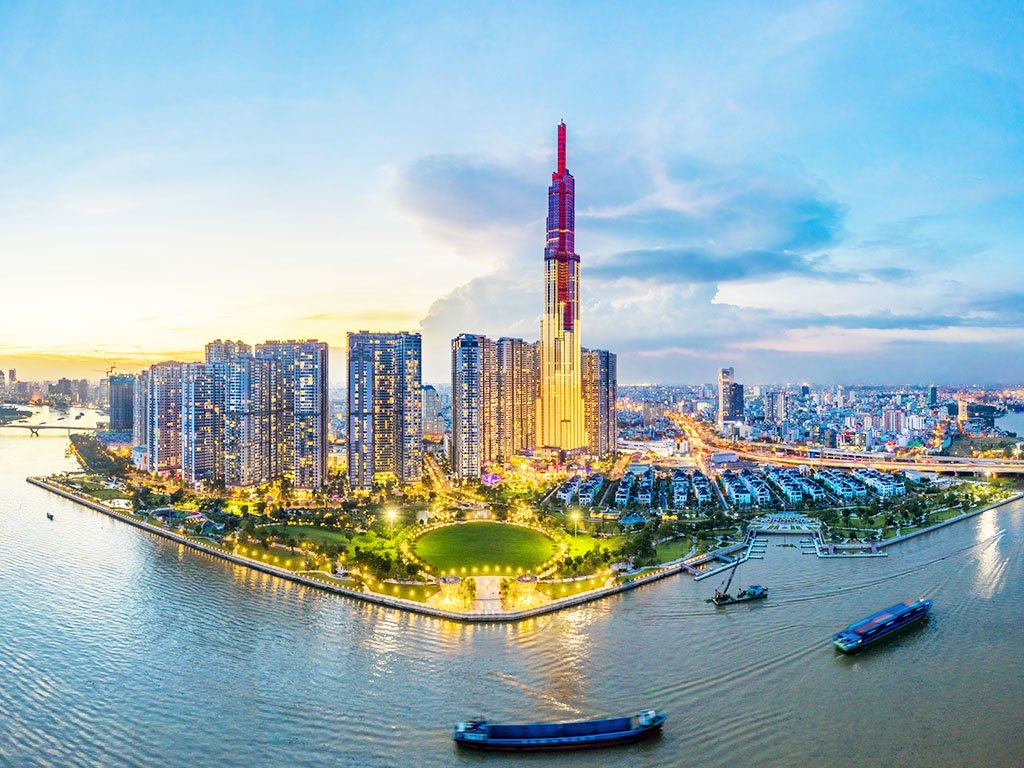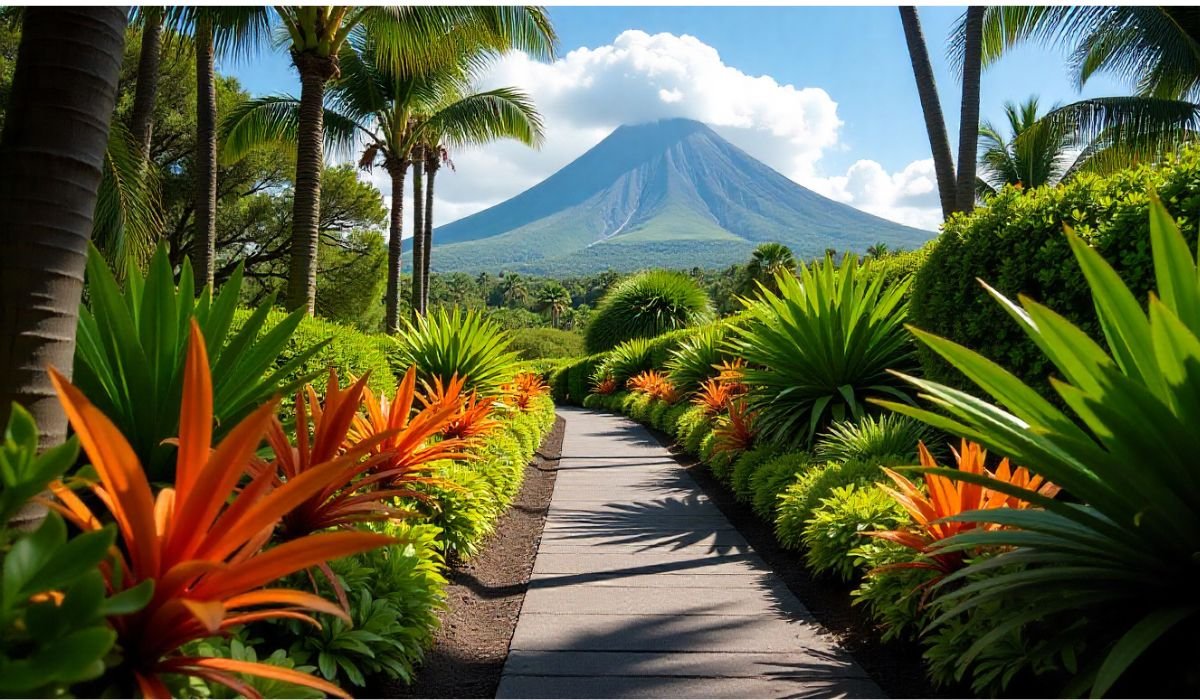Vietnam offers more than scenic landscapes and lively street markets. It’s a country built on deep-rooted customs, rich traditions, and a strong sense of respect woven into daily life. From how guests are greeted to how meals are shared, visitors quickly notice the importance of etiquette and local values.
Modern travelers rely on digital tools to enhance their journey, including navigating local norms. Access to maps, translation services, and payment apps becomes easier with a Vietnam eSIM, which activates after arrival. Knowing how to interact appropriately adds to the comfort of exploring cultural sites, religious temples, or bustling night markets. This guide highlights the most meaningful customs travelers should be aware of while traveling across Vietnam’s diverse regions.
Greeting Traditions and Daily Politeness
In Vietnam, greetings vary by region, age, and level of familiarity. A smile and a slight bow are often considered polite, especially in northern cities like Hanoi. People avoid strong handshakes unless initiated, and personal space is generally respected. Age-based respect plays a central role here.
Younger individuals greet elders first, often addressing them with the correct familial titles like “ông” for grandfather or “bà” for grandmother. This shows deference and cultural sensitivity. In family-oriented areas such as Hue, these customs are strictly followed during holidays and formal visits.
Clothing Etiquette Across Vietnam
While Vietnam welcomes global travelers, modest clothing remains preferred, especially in religious or rural spaces. When visiting temples or pagodas in Da Nang or Hue, shoulders and knees should be covered. Revealing attire may be considered disrespectful in these settings.
Urban areas like Ho Chi Minh City have adopted more relaxed trends, yet traditional norms are still appreciated in formal spaces. Packing appropriate attire helps visitors feel more comfortable and respected during both casual and ceremonial visits.
Dining Etiquette and Shared Meals
Meal times are considered communal and respectful moments. The eldest person typically begins eating first, and dishes are shared rather than served individually. In many households and smaller restaurants, meals are enjoyed seated on the floor around a central tray.
It is polite to offer others food before serving oneself. Chopsticks should never be left standing upright in a bowl, as this resembles funeral offerings. When exploring the culinary streets of Hanoi or attending a family-style meal in the Mekong Delta, following these practices enhances the experience.
Temple Visits and Spiritual Practices
Spiritual heritage is central to life in Vietnam, with many practicing a blend of Buddhism, Confucianism, and ancestral worship. When visiting sacred locations, shoes must be removed before entering inner chambers. Visitors are also expected to remain quiet and refrain from pointing at statues or shrines.
Photography is often allowed but should be discreet, especially during ceremonies. In places like the Perfume Pagoda or the Marble Mountains, observing local worshippers provides a respectful perspective on spiritual life. Having tools such as a Vietnam eSIM helps access temple hours or site rules while staying connected without disruption.
Hospitality and House Visits
Vietnamese hospitality is warm and genuine, with guests treated as a sign of honor. When invited to someone’s home, it is customary to bring a small gift, such as fruits, sweets, or tea, as a gesture of appreciation. Shoes should be removed at the entrance without needing a prompt.
Conversations tend to focus on family, food and travel rather than personal finances or political matters. In smaller towns outside Da Nang or Hue, families often welcome visitors with meals, and it’s polite to compliment the cooking and express gratitude before leaving.
Key Reminders for Social Harmony
- Use both hands when offering or receiving items, especially to older people.
- Refrain from showing affection in public, particularly in conservative regions.
- Keep a low tone in temples, markets, or family gatherings.
- Refrain from touching heads, as the head is considered sacred.
- Do not gesture with your feet or point at others during conversation.
Respecting these subtle behaviors builds trust and comfort during interactions across both cities and rural provinces.
Festivals and Local Celebrations
Cultural celebrations take place throughout the year, often rooted in historical or agricultural significance. Tet, the Lunar New Year, is the most important holiday and is marked by days of family gatherings, ancestral offerings, and public performances. The Mid-Autumn Festival celebrates children with lantern processions and mooncakes.
In Hoi An, locals light candles and float them on the river for good luck. Visitors who travel during these times often witness a unique blend of ceremony and hospitality, offering a glimpse into the cultural heart of Vietnam.
Conclusion
Buying a Vietnam eSIM offers essential support for travelers to know and adjust to local customs and cultural experiences. Beyond historical landmarks and bustling cities, Vietnam’s deeper appeal lies in its traditions and practices shaped over centuries and still honored today. Whether sharing a bowl of noodles in a village home or exploring a lantern-lit alley in Hoi An, respecting these customs creates meaningful memories.
You May Also Like: The Call of Örviri: Where Northern Peaks Whisper Ancient Secrets











